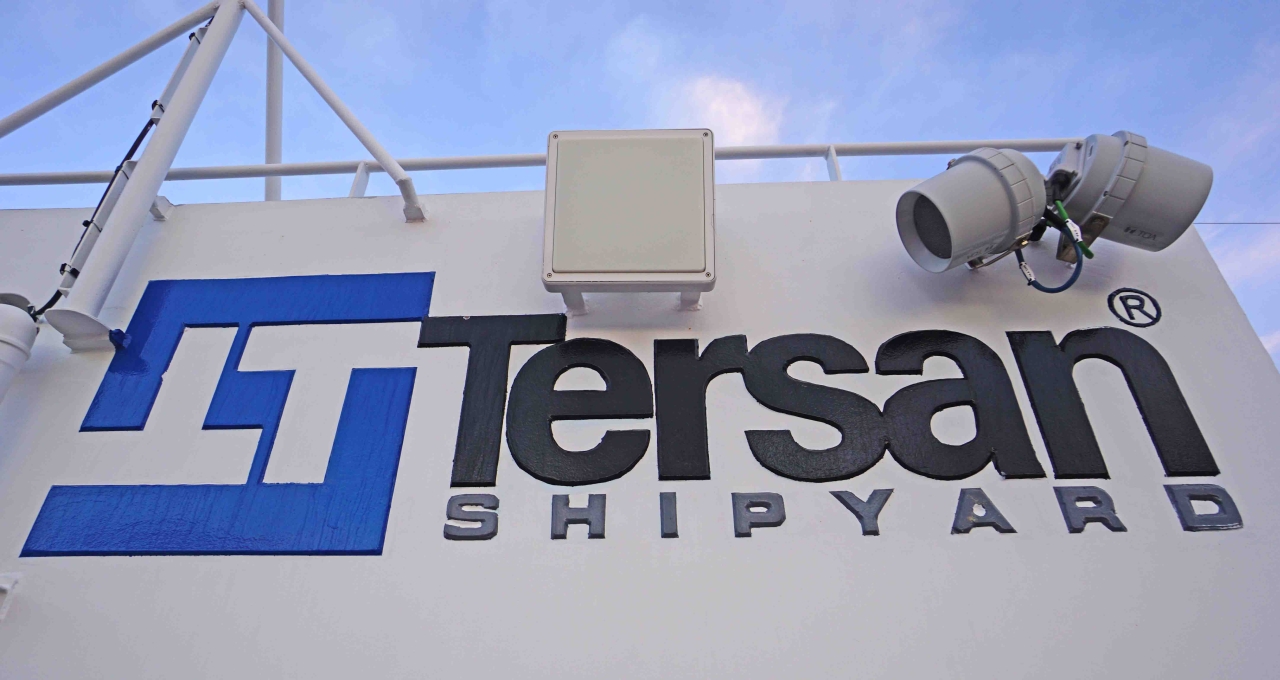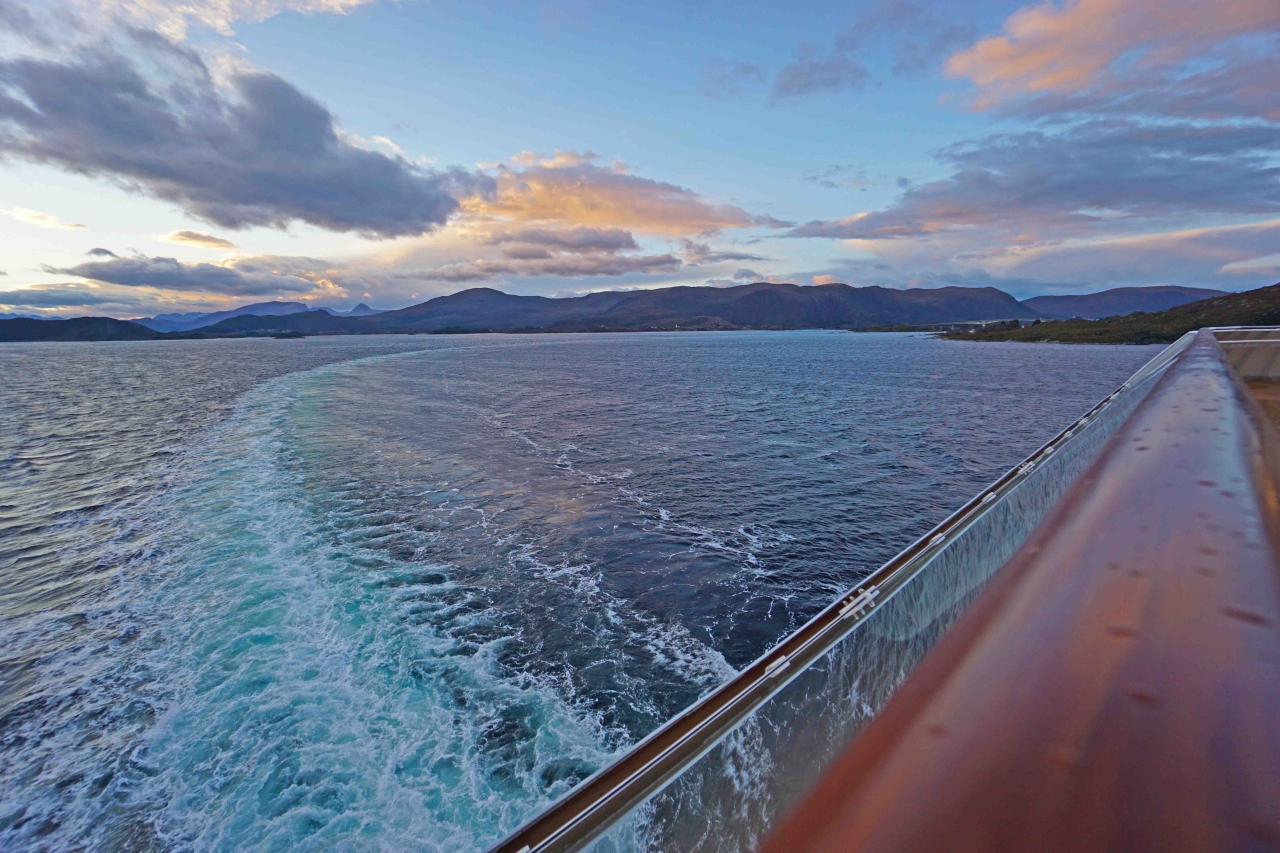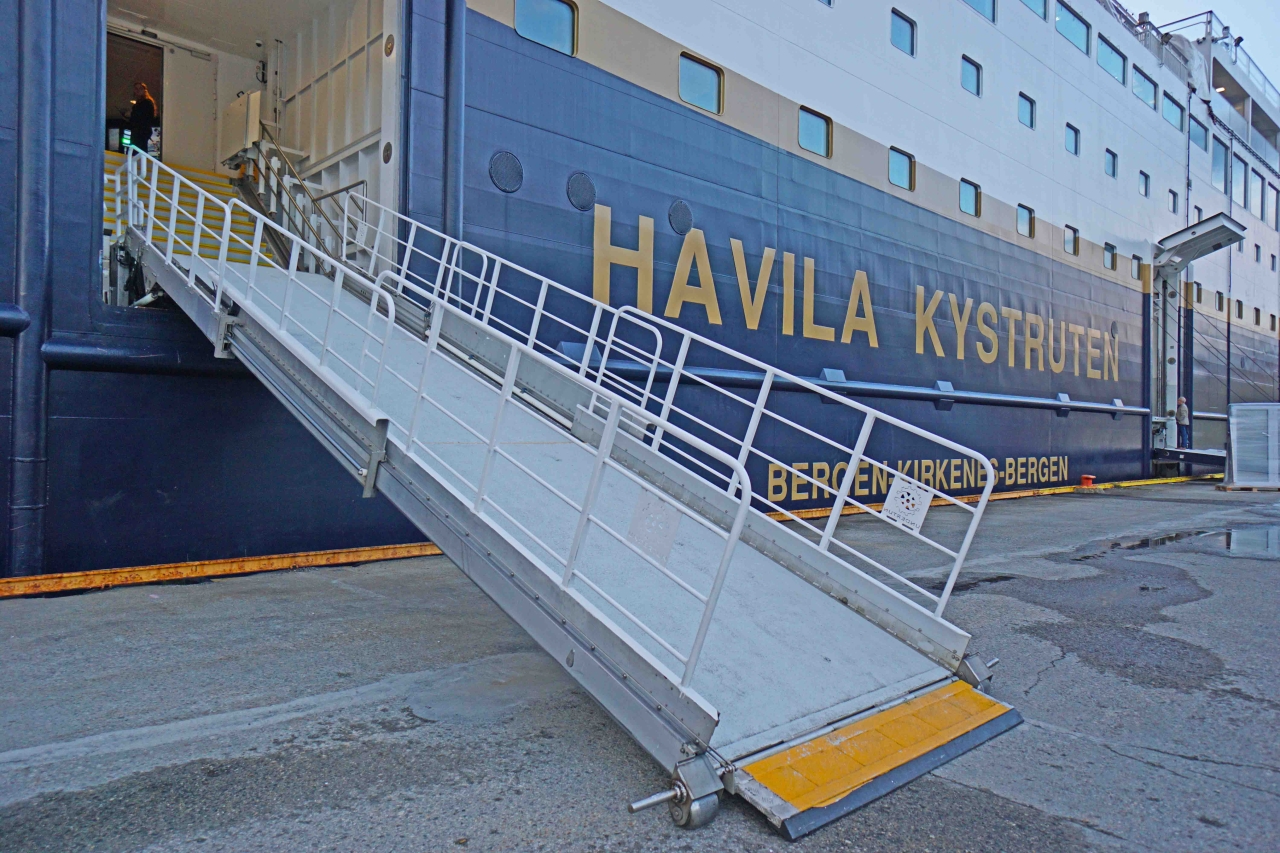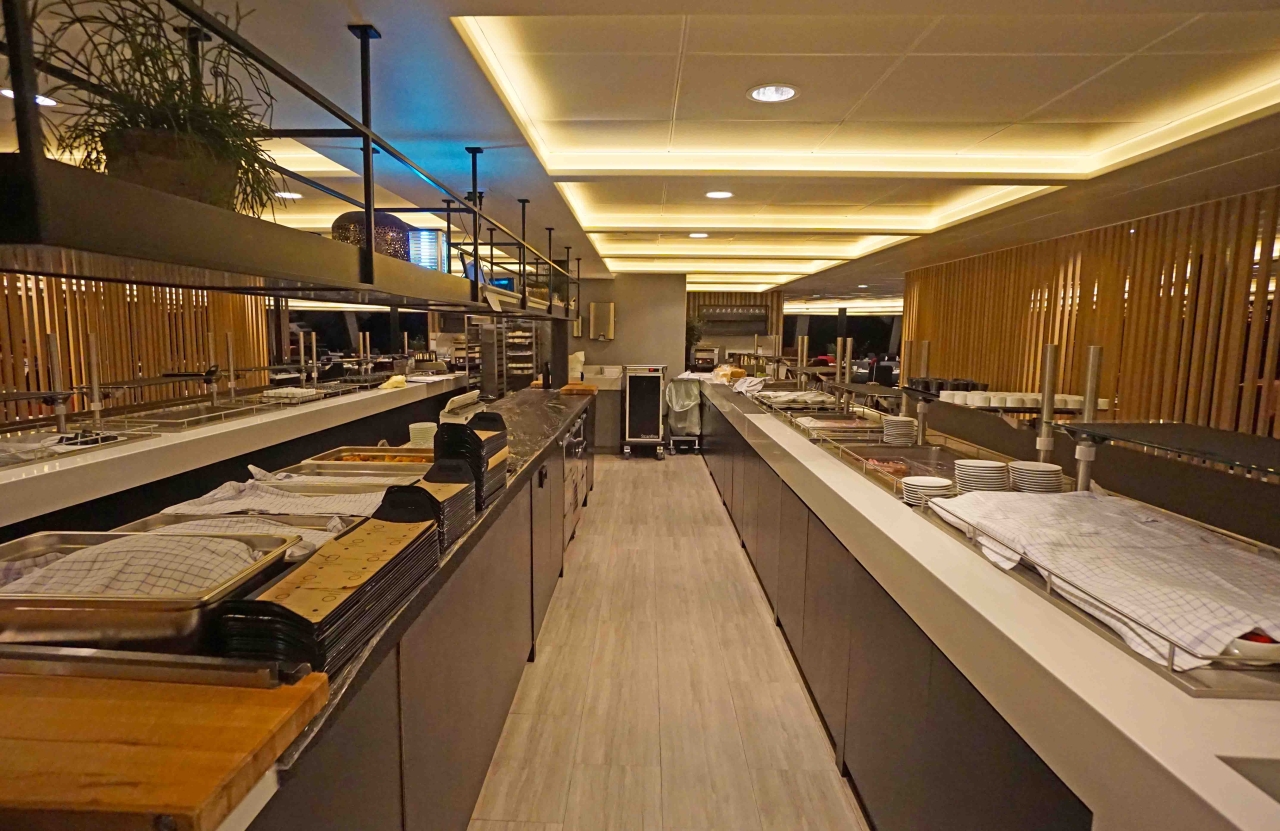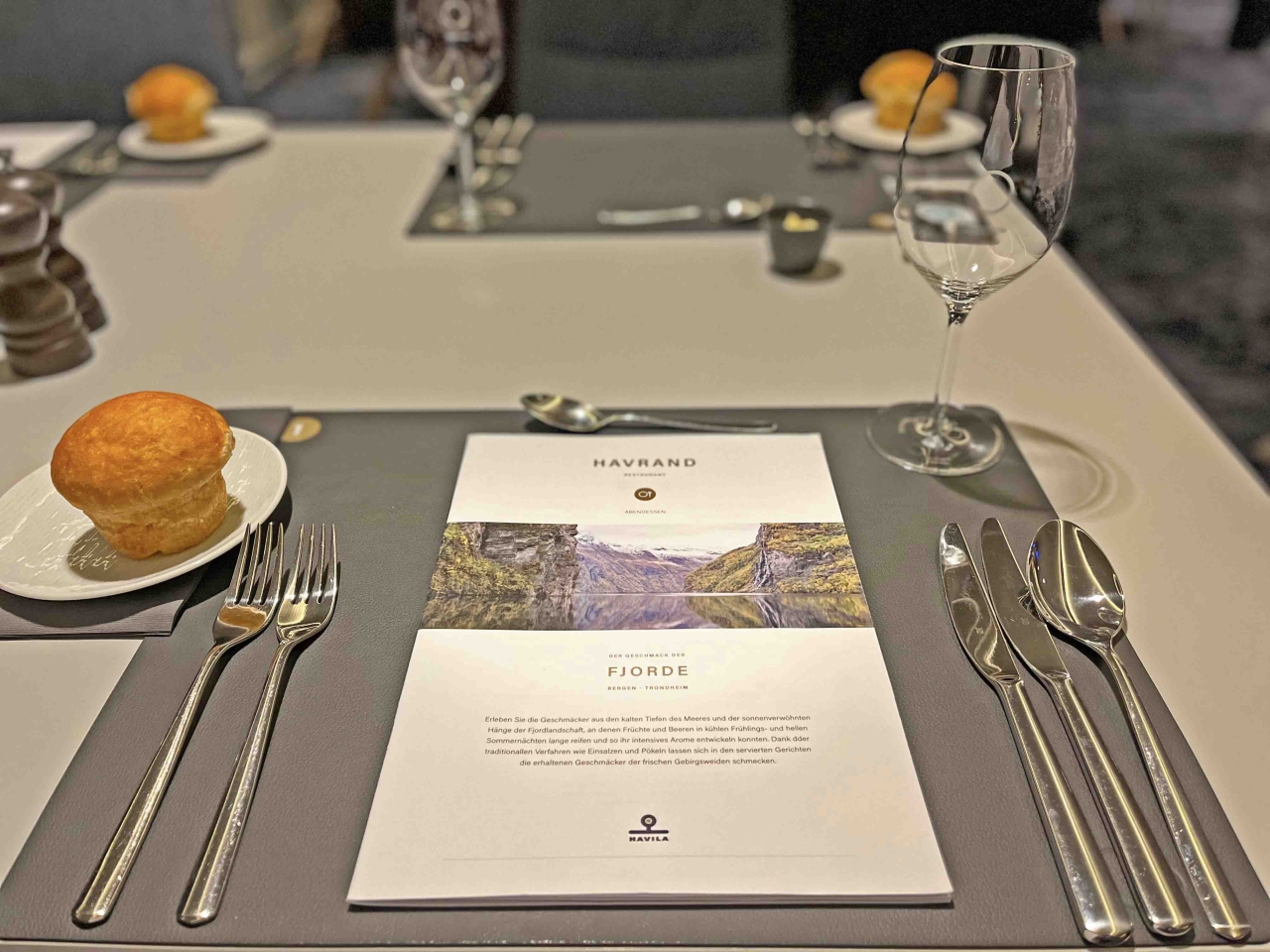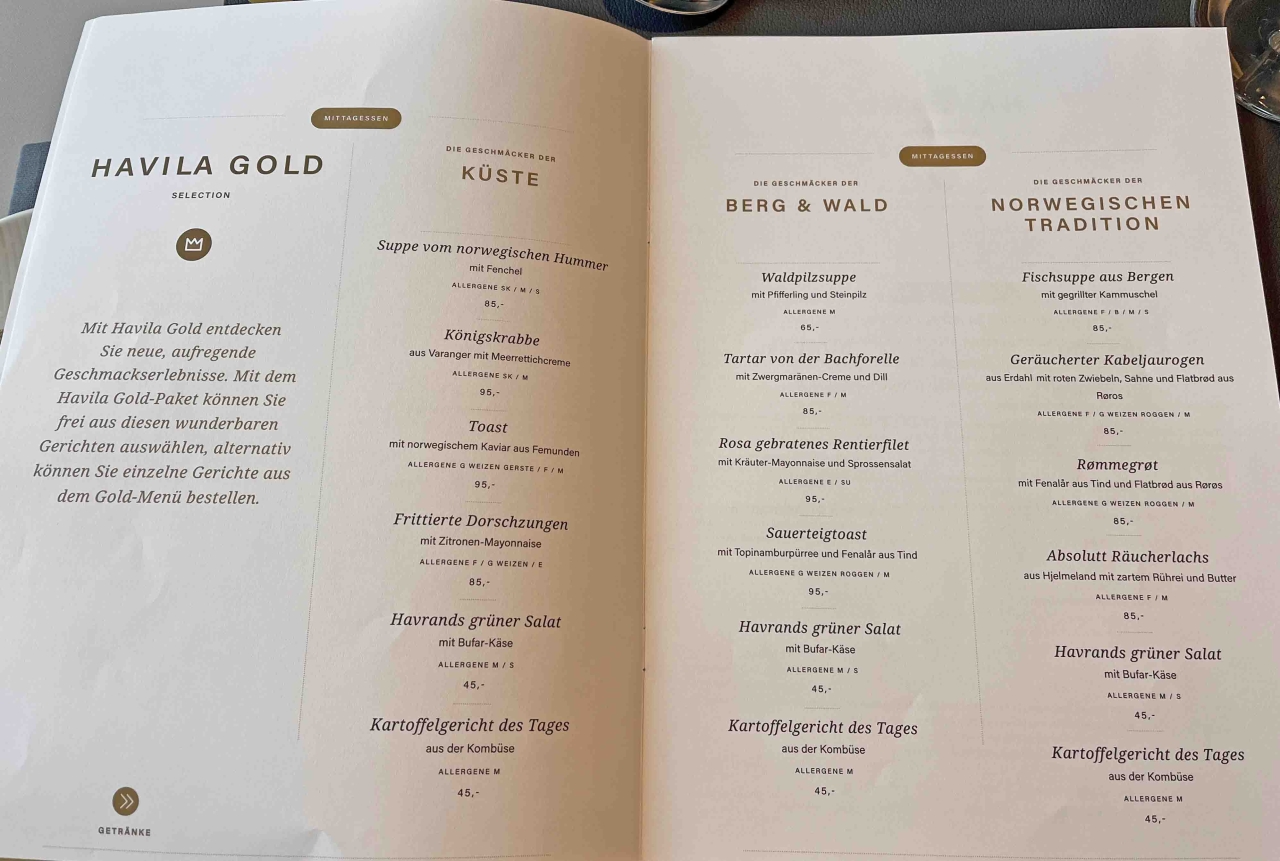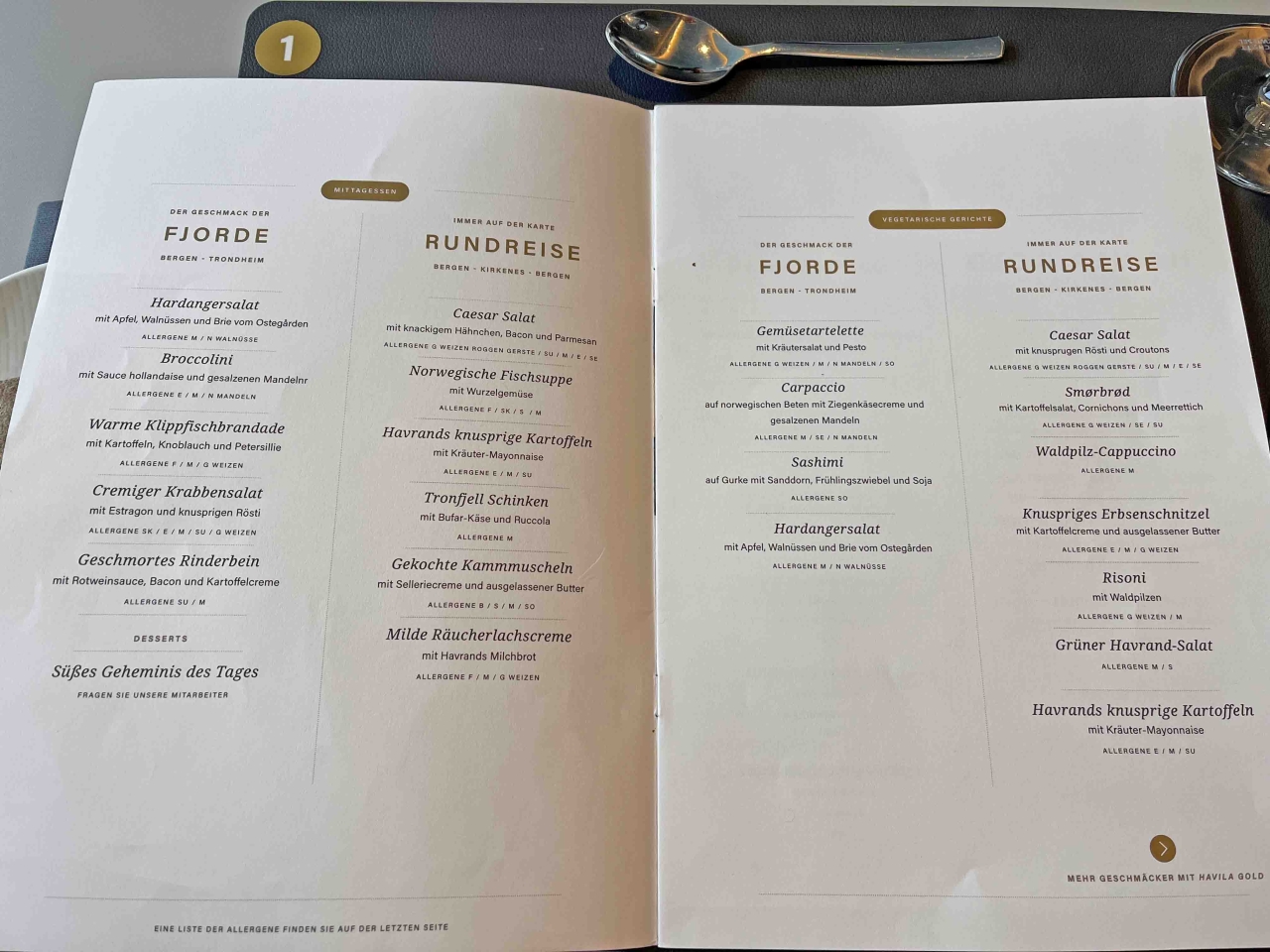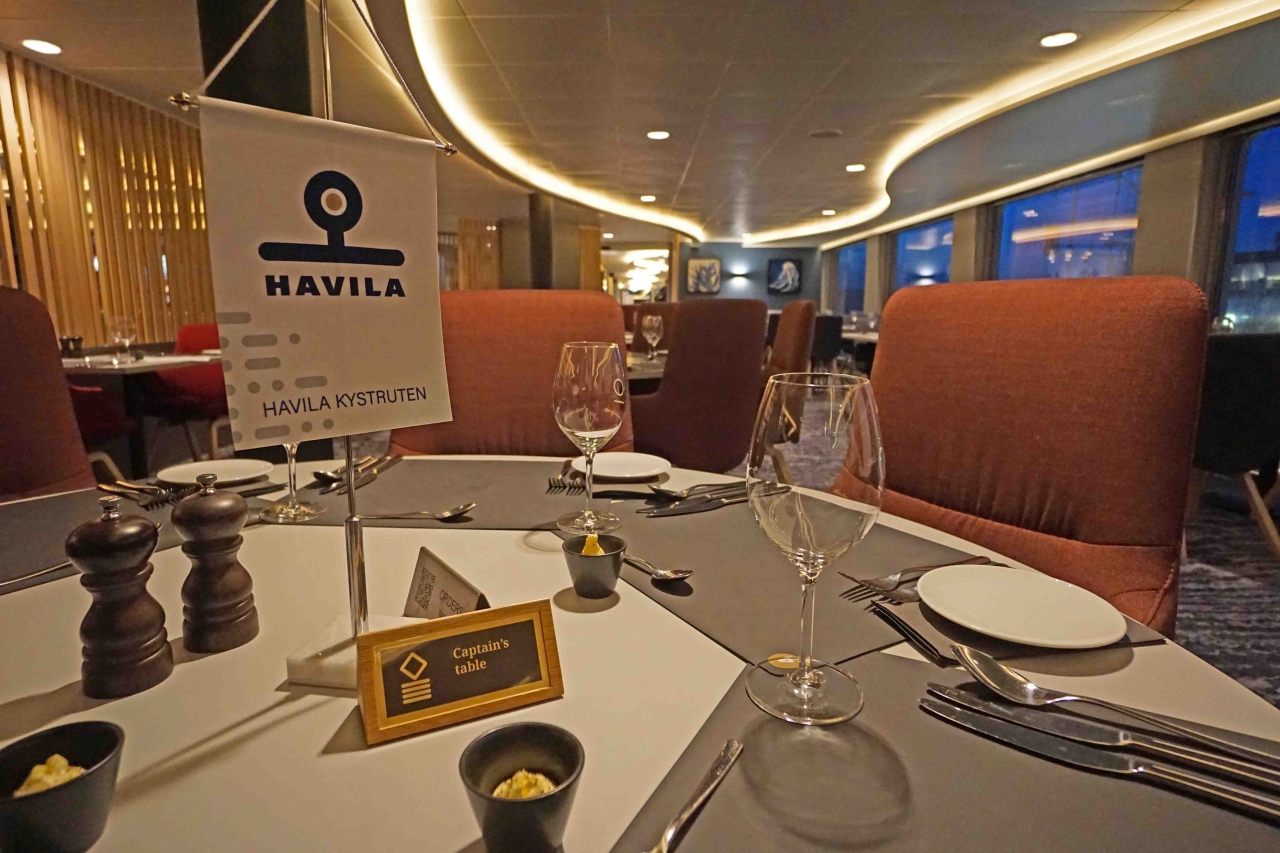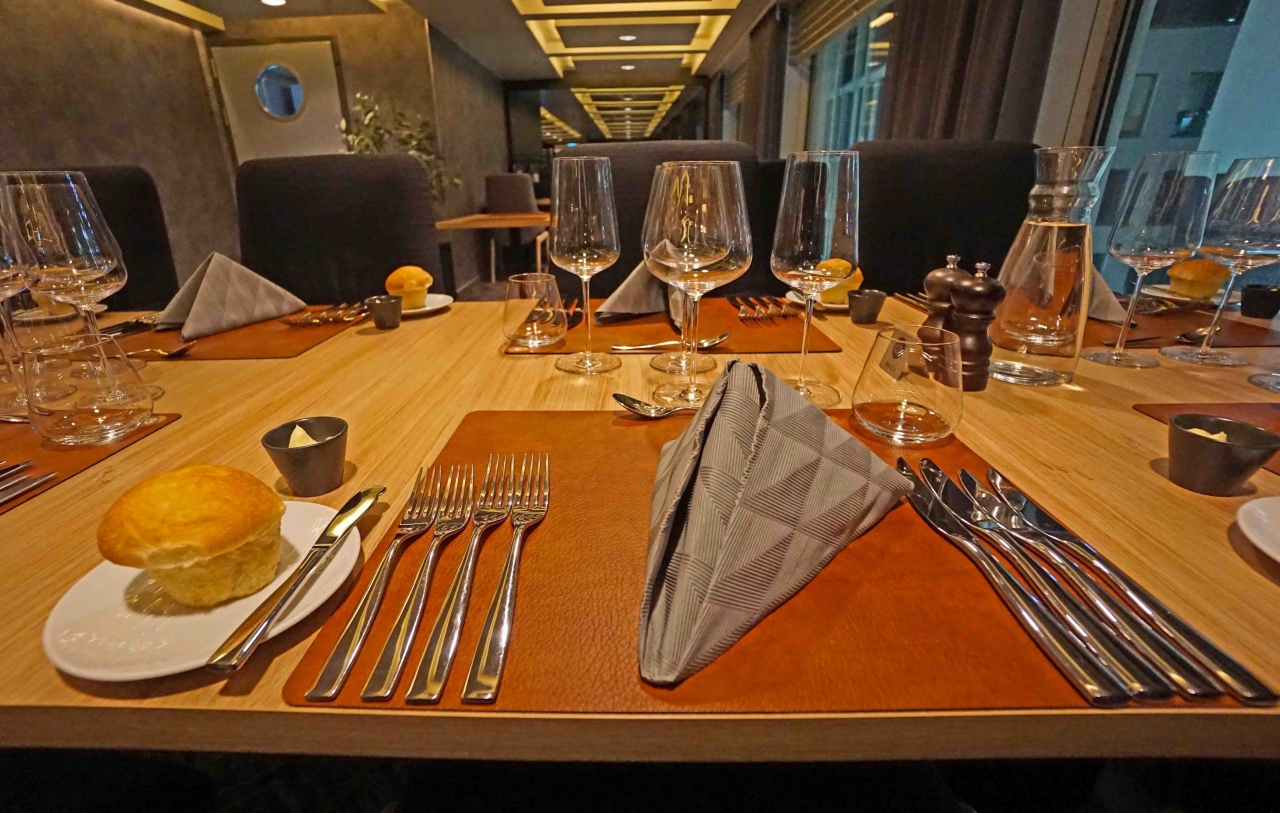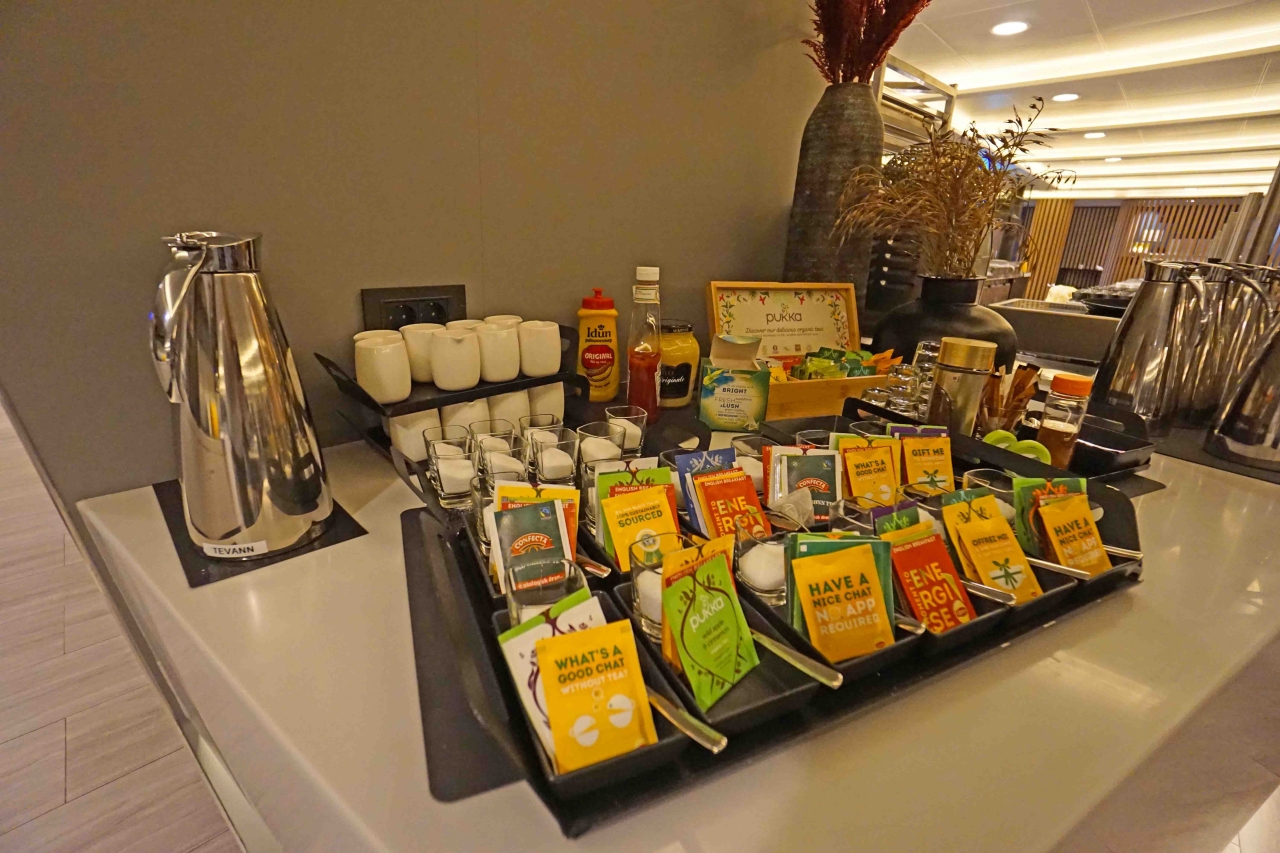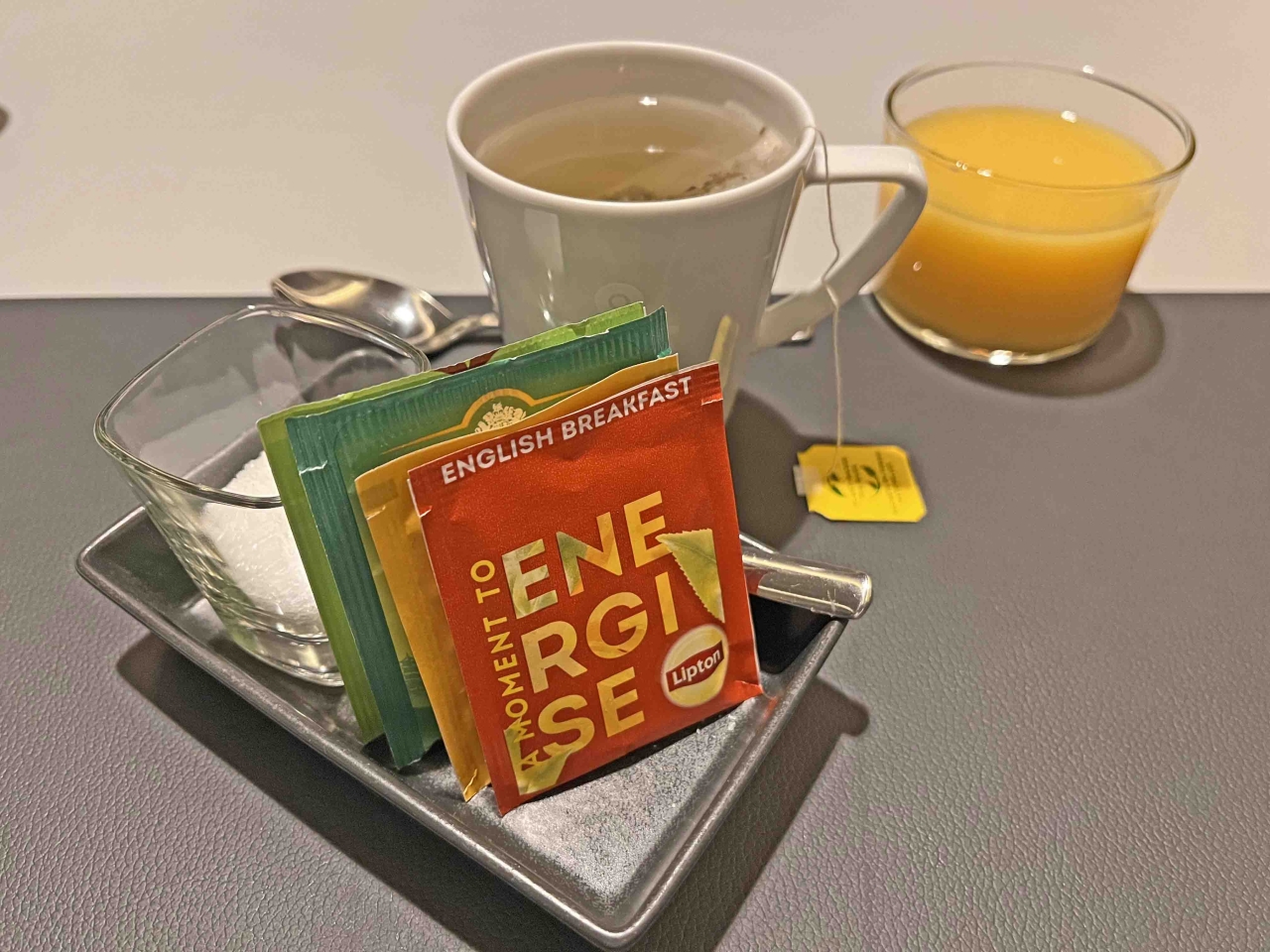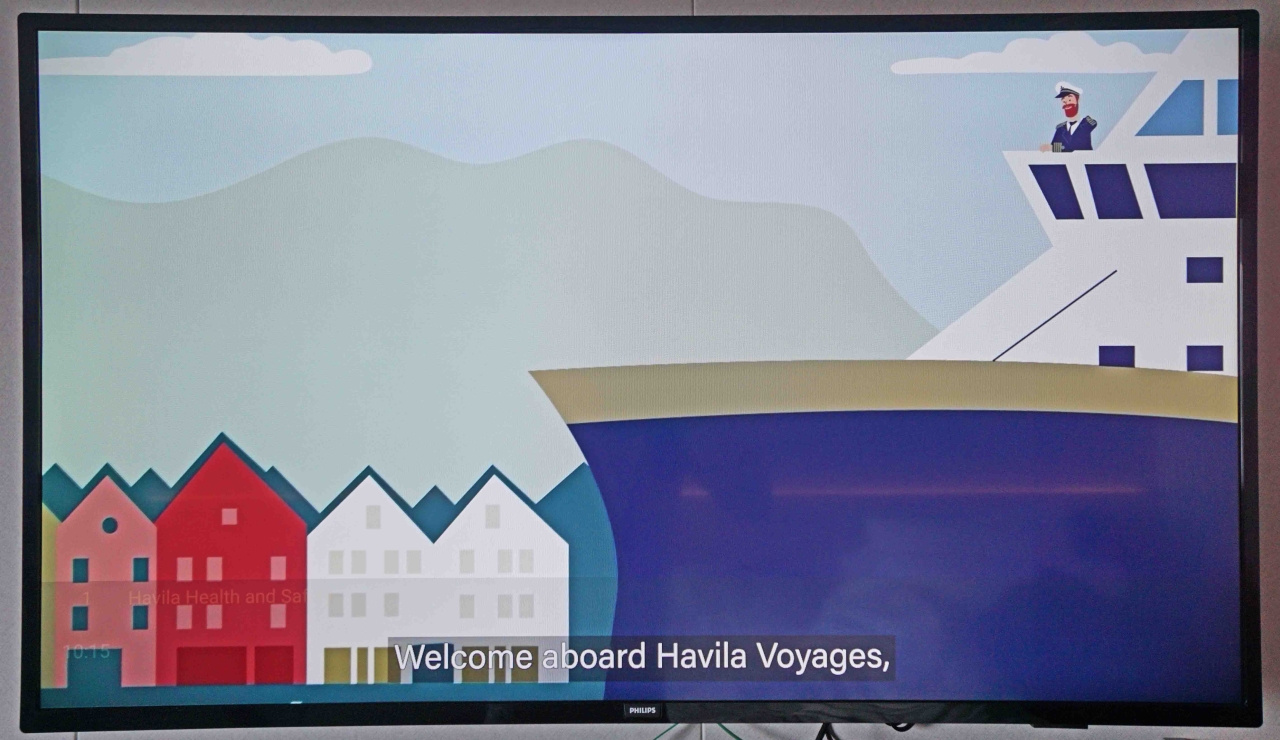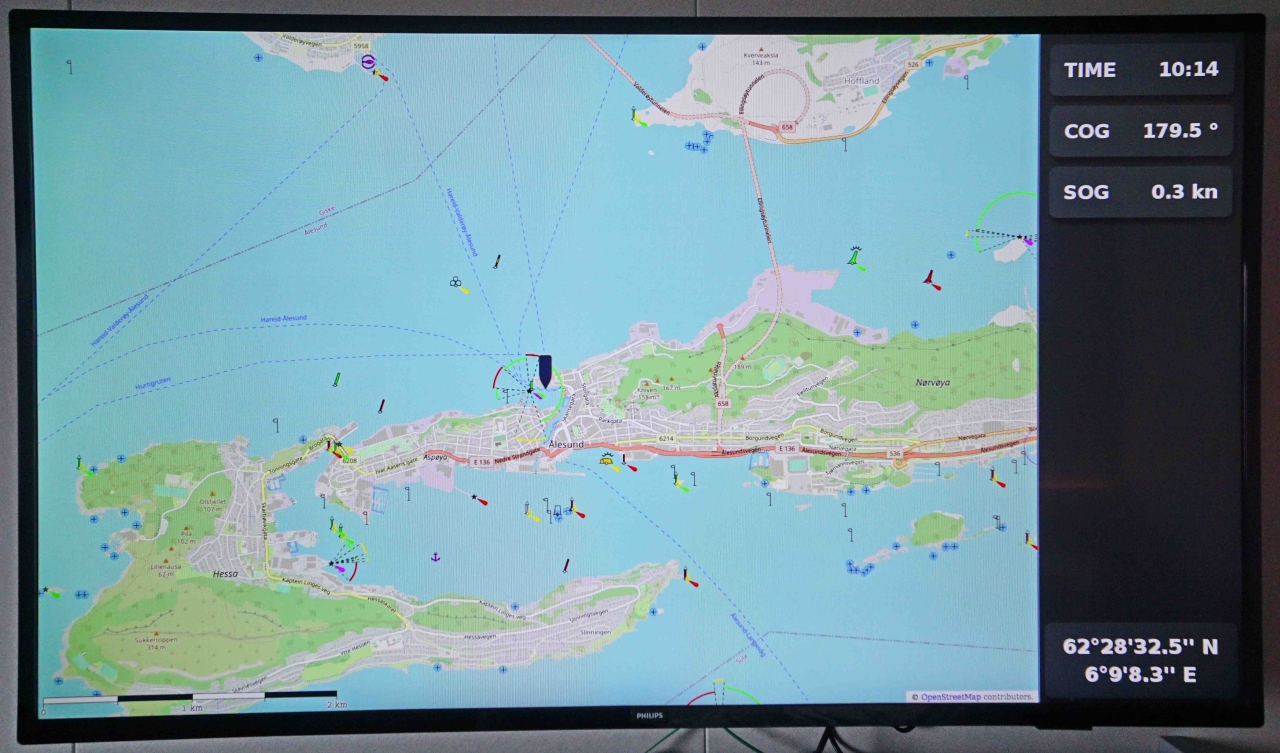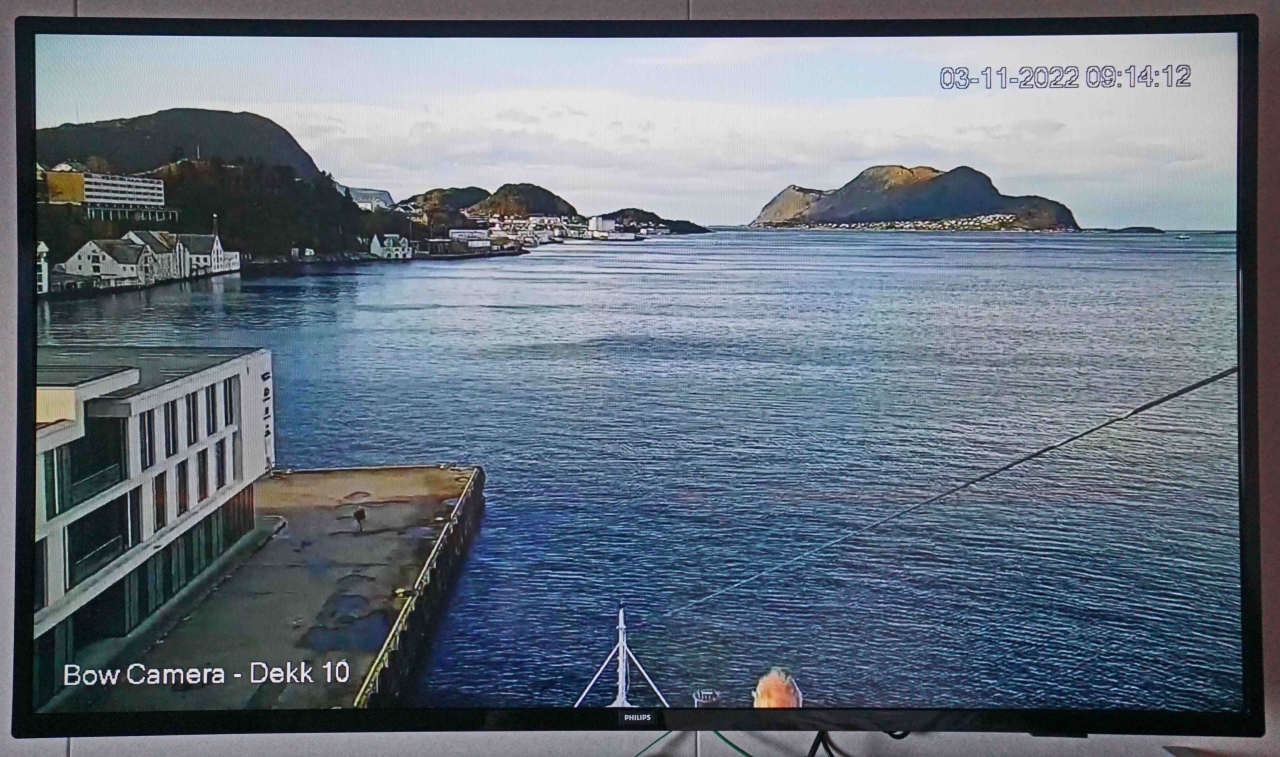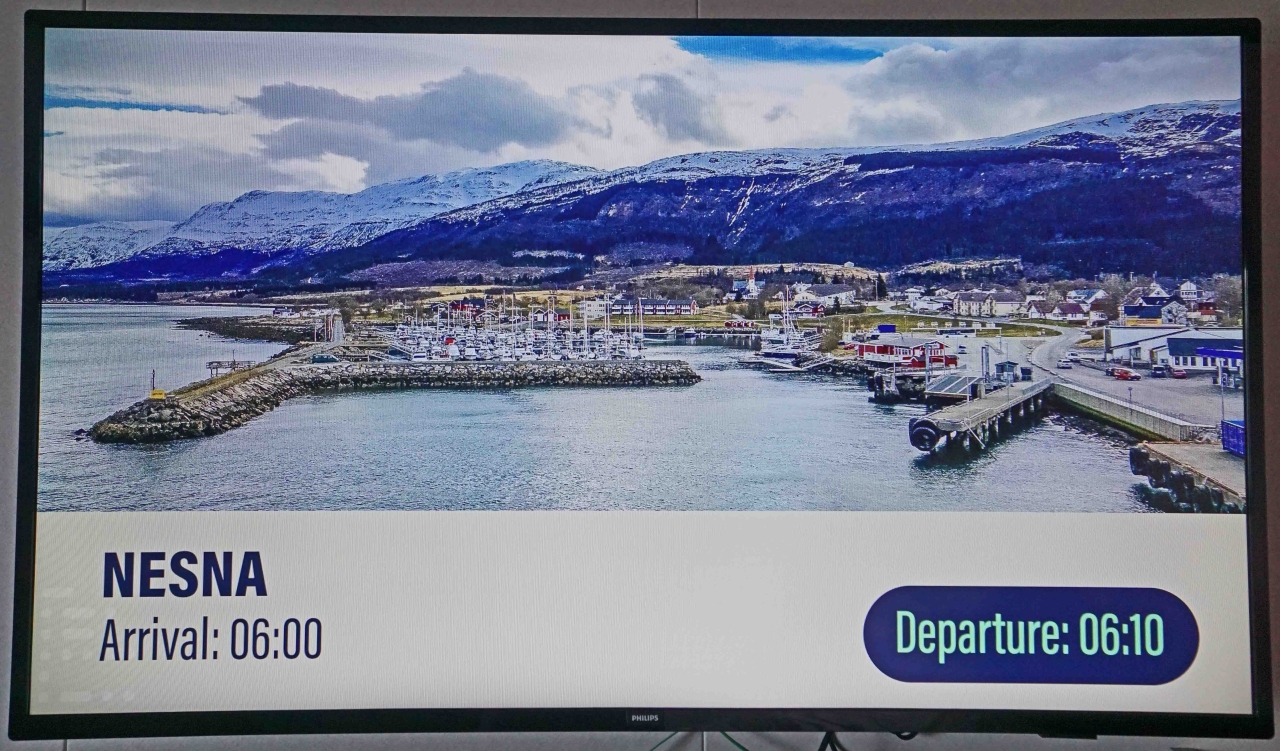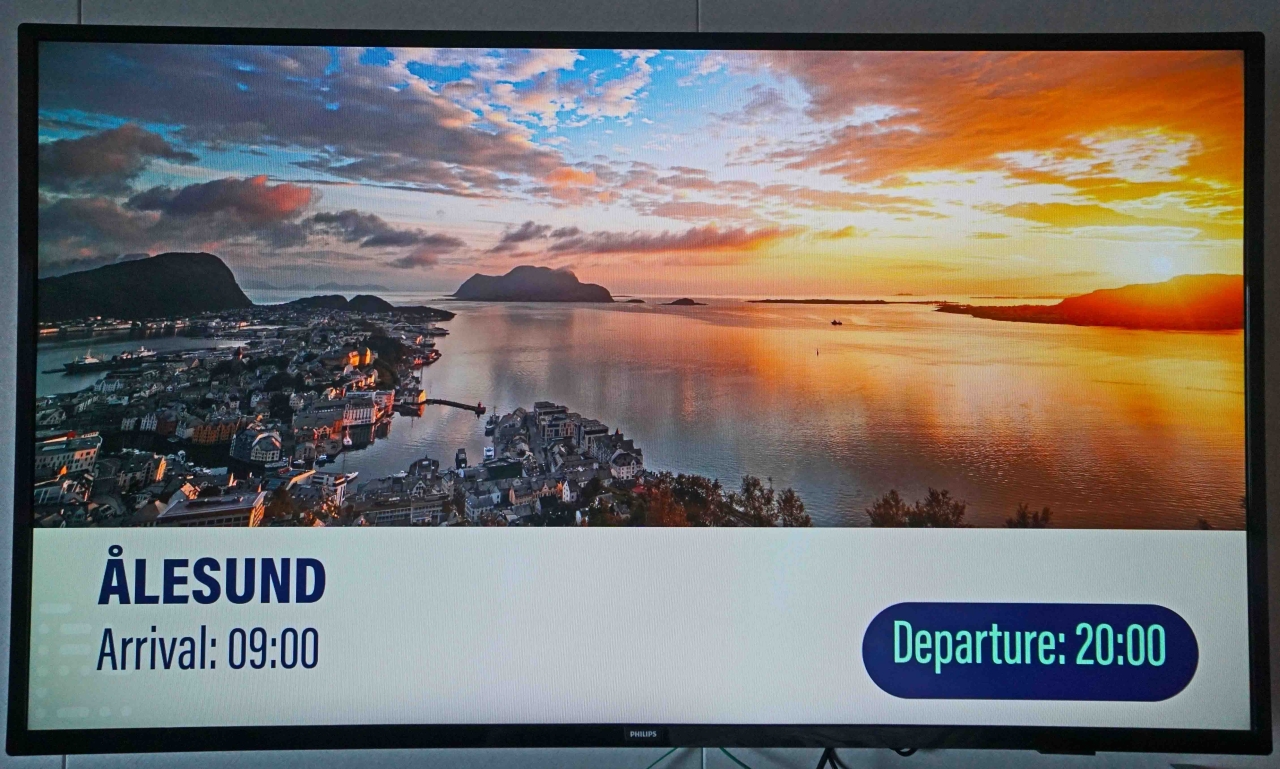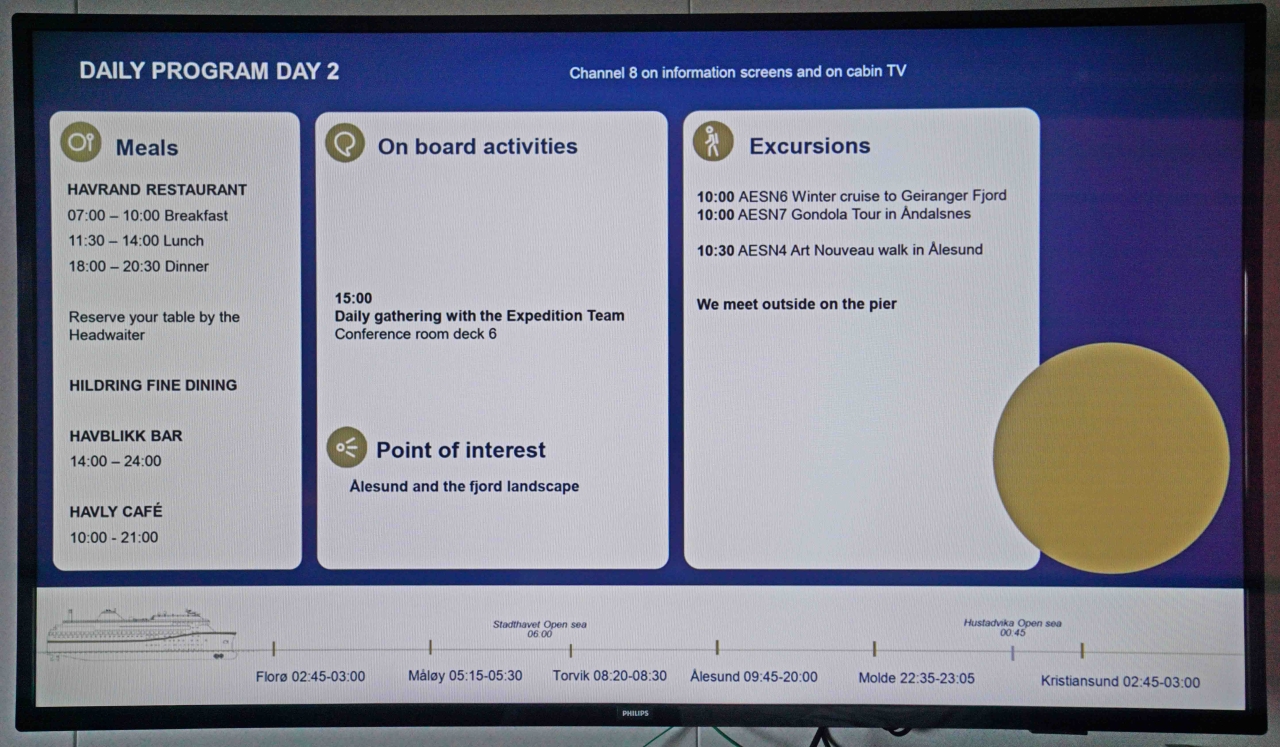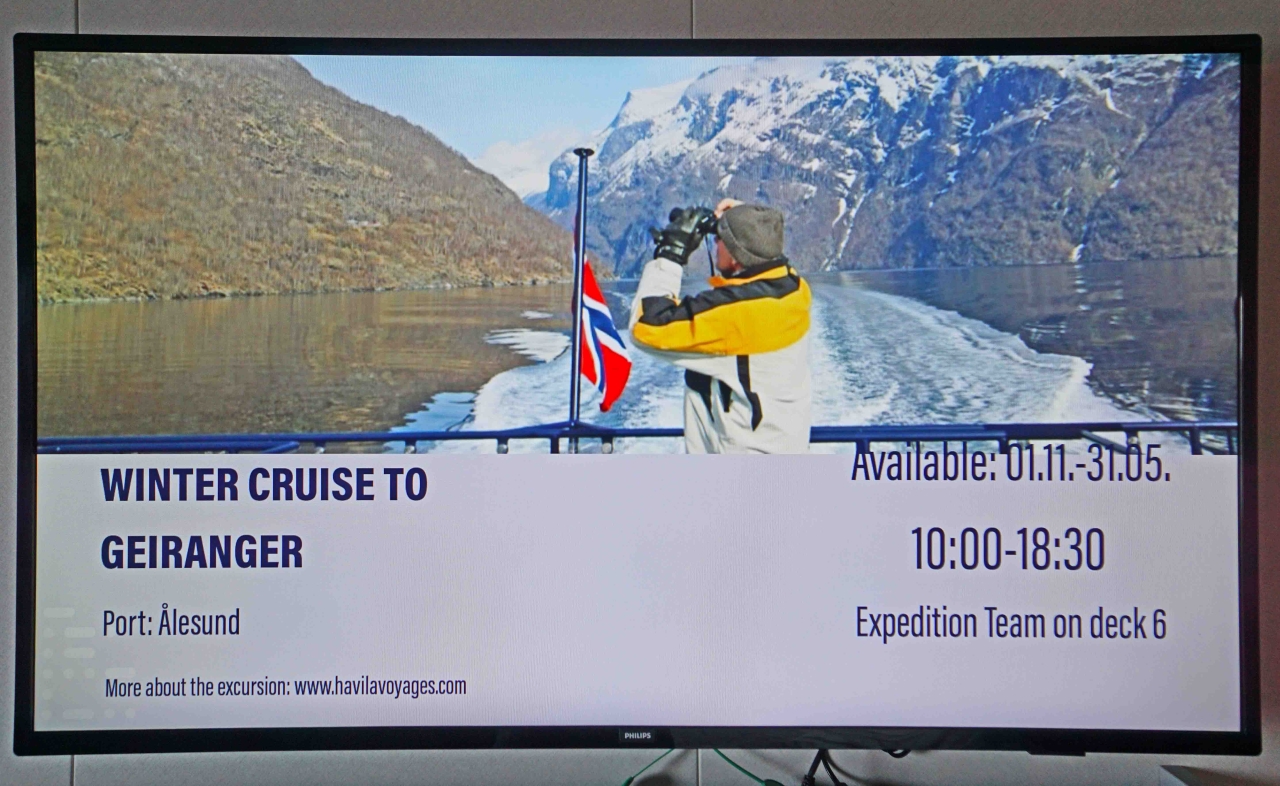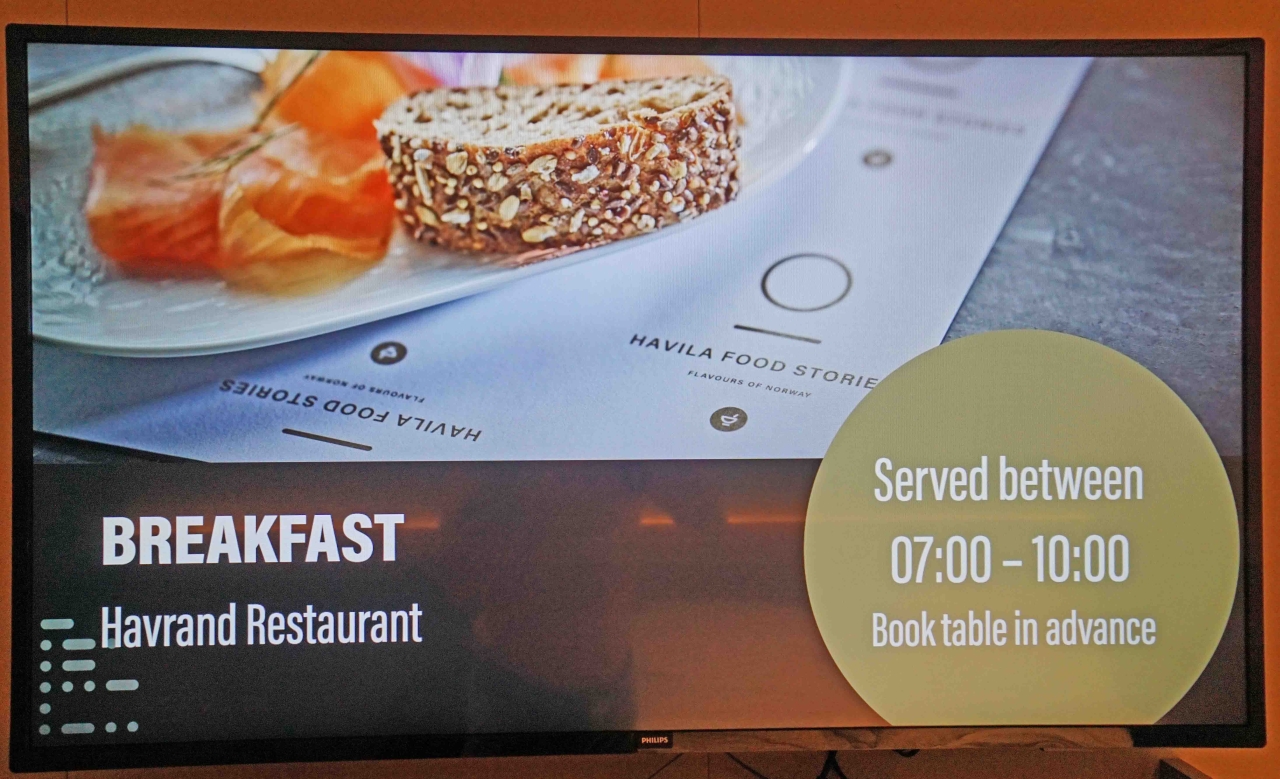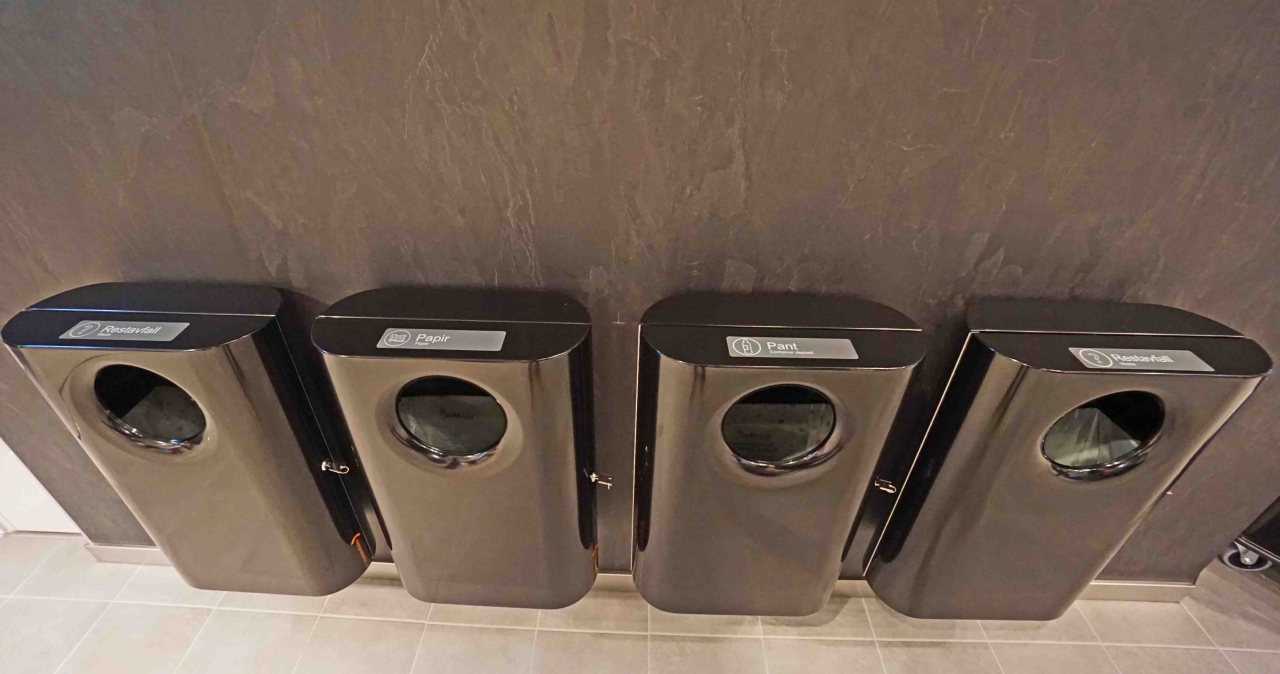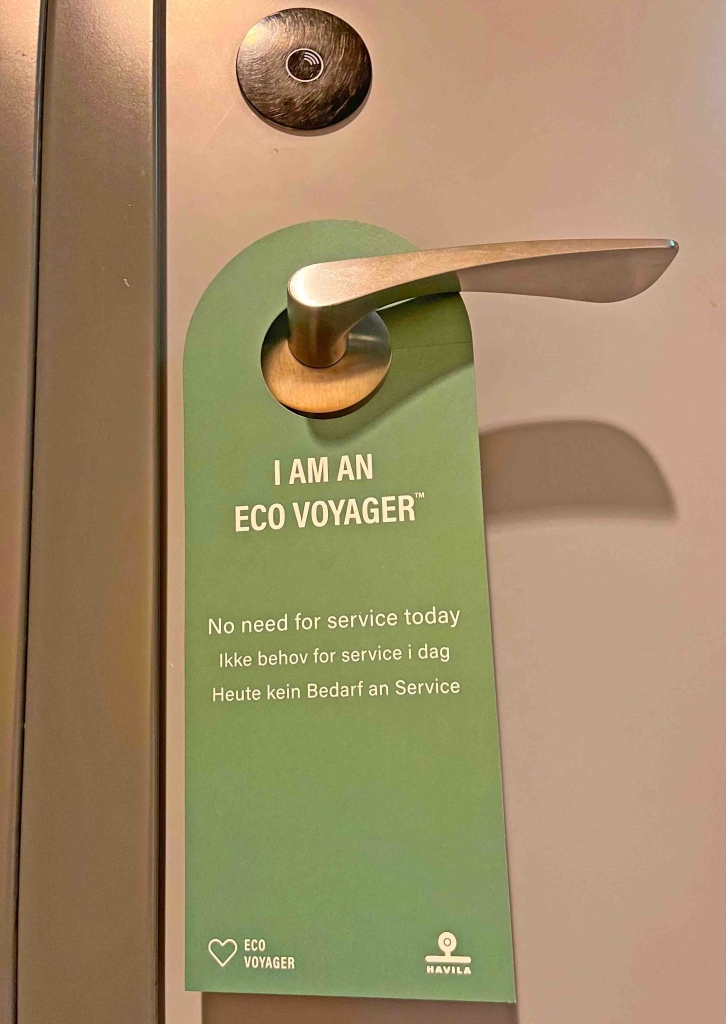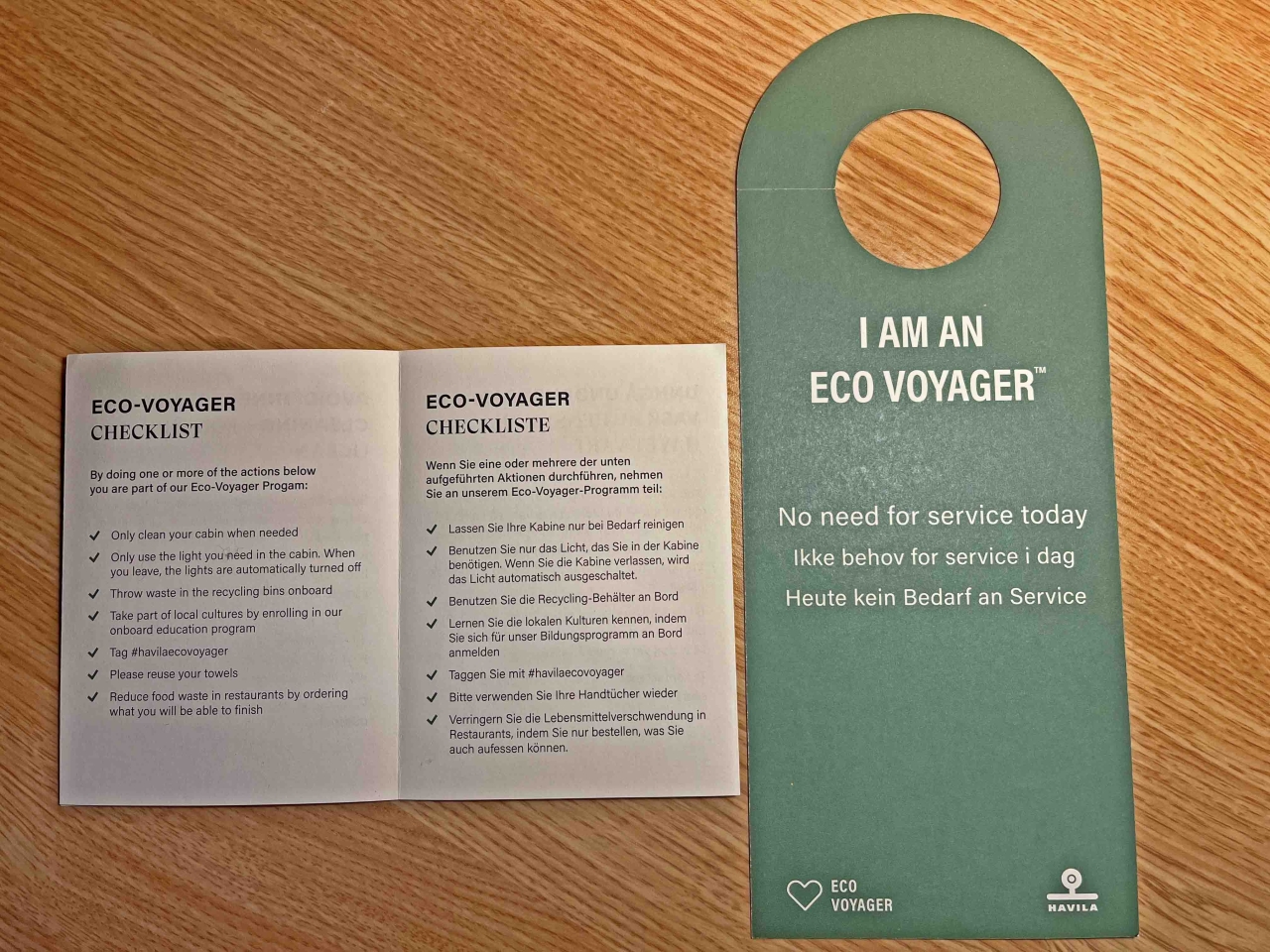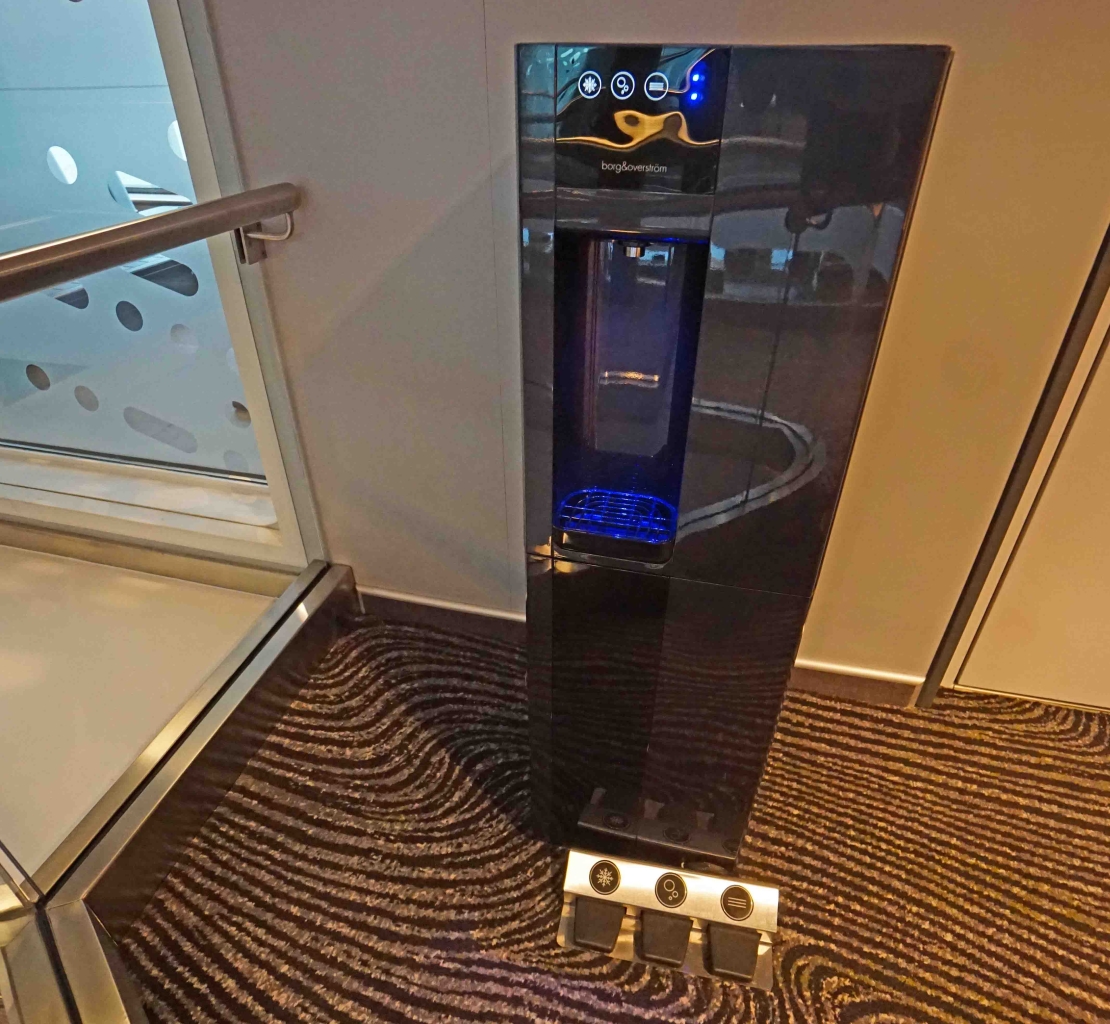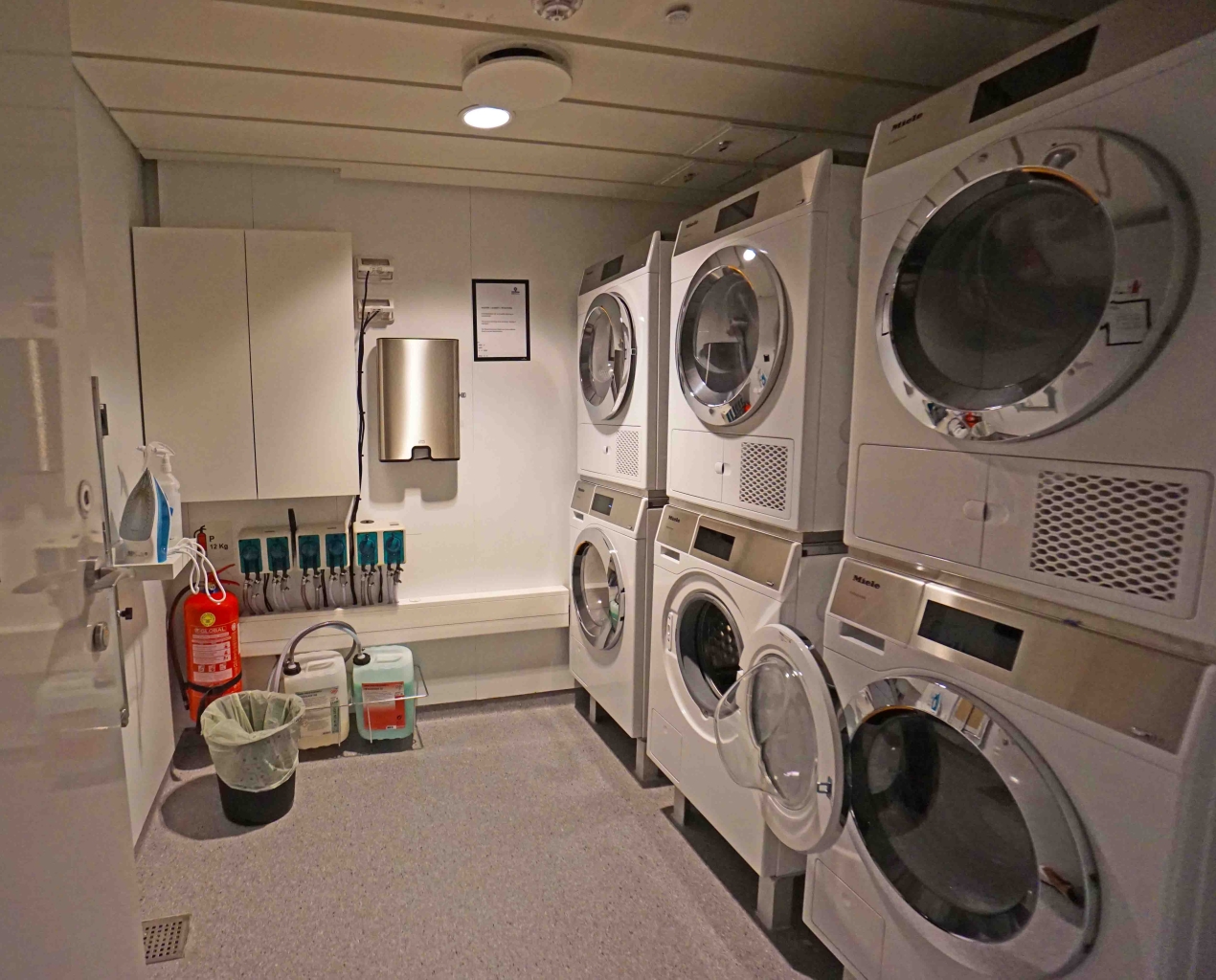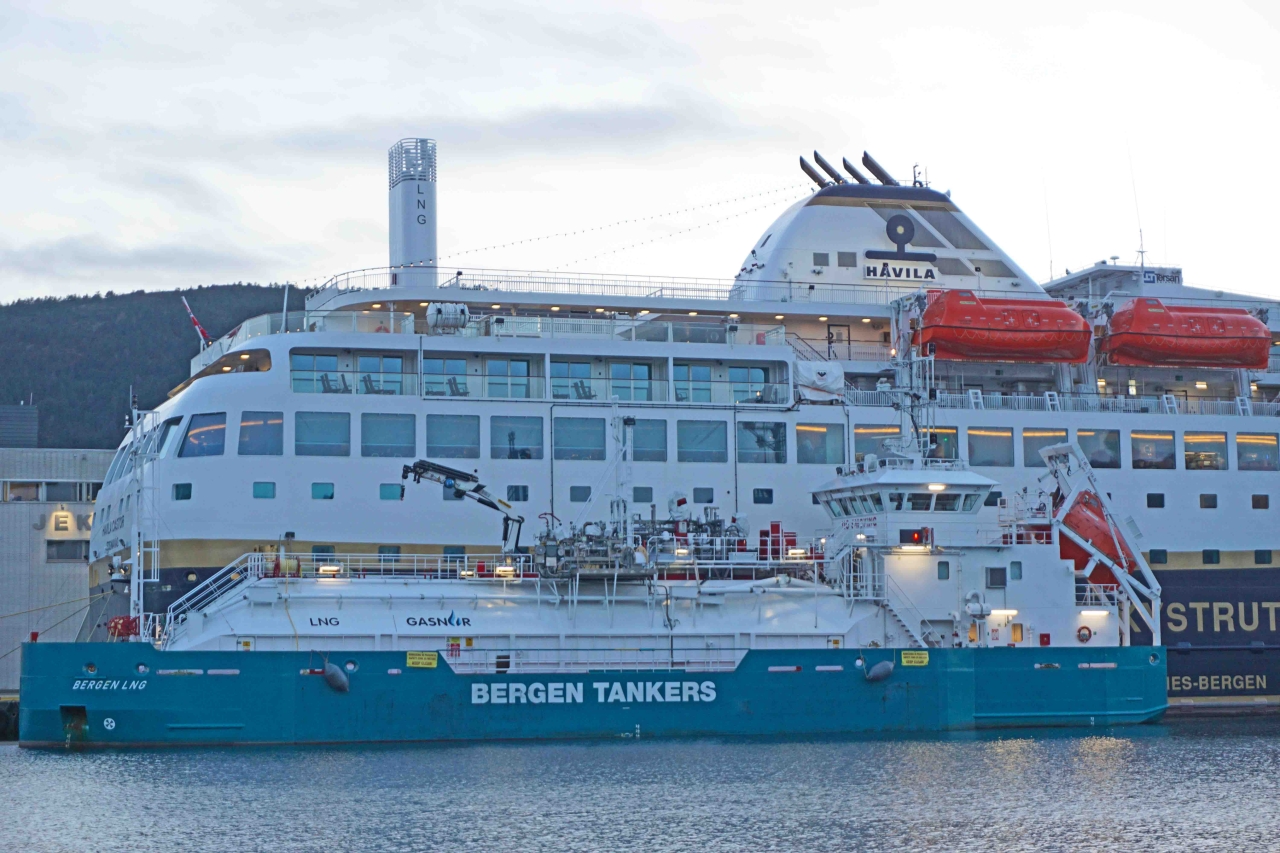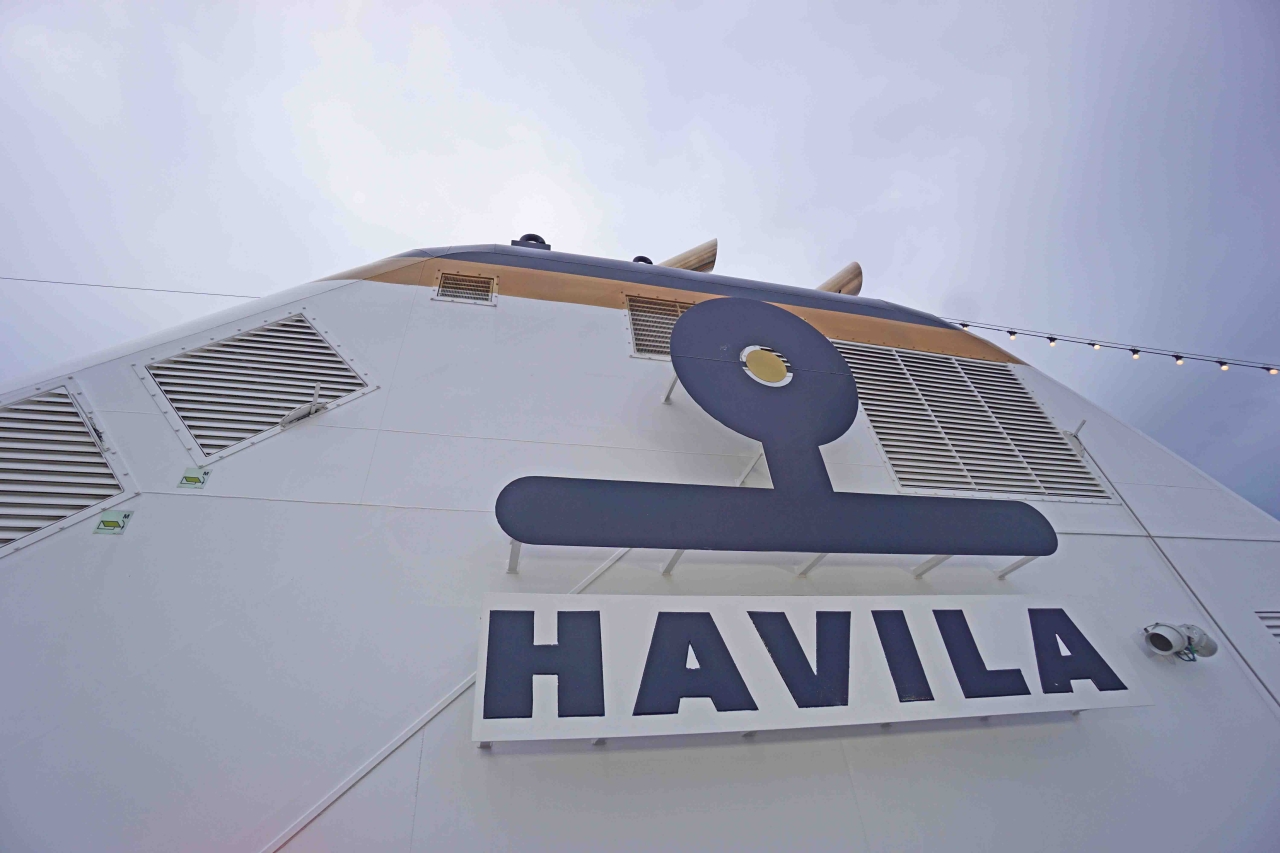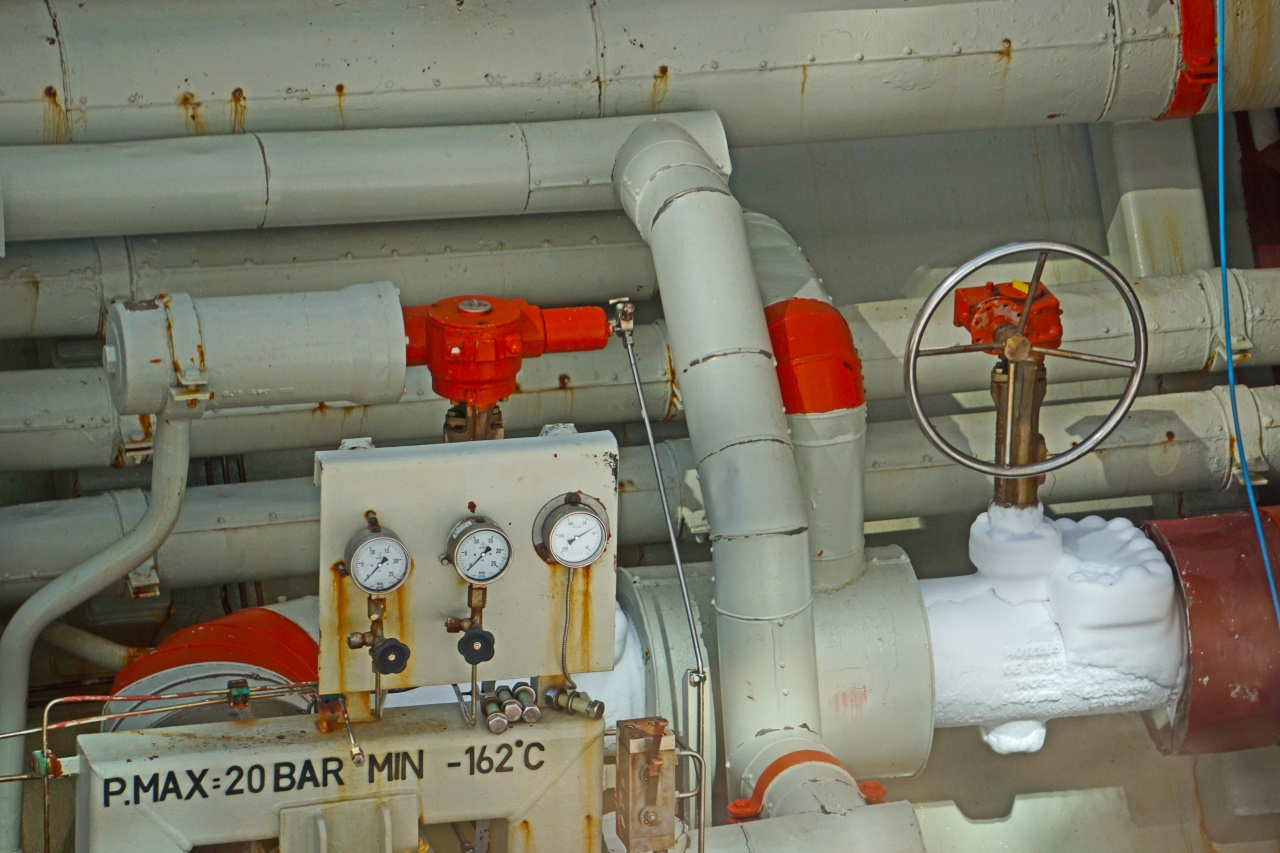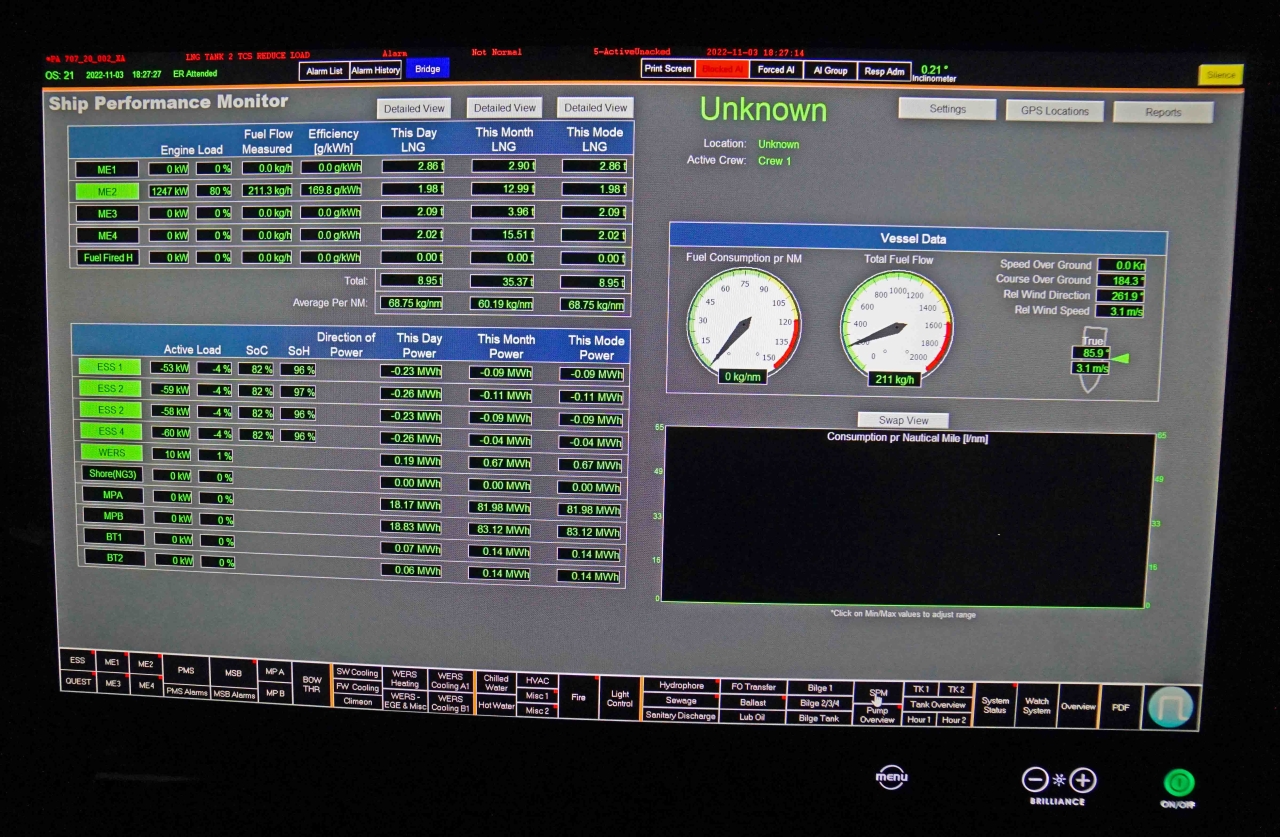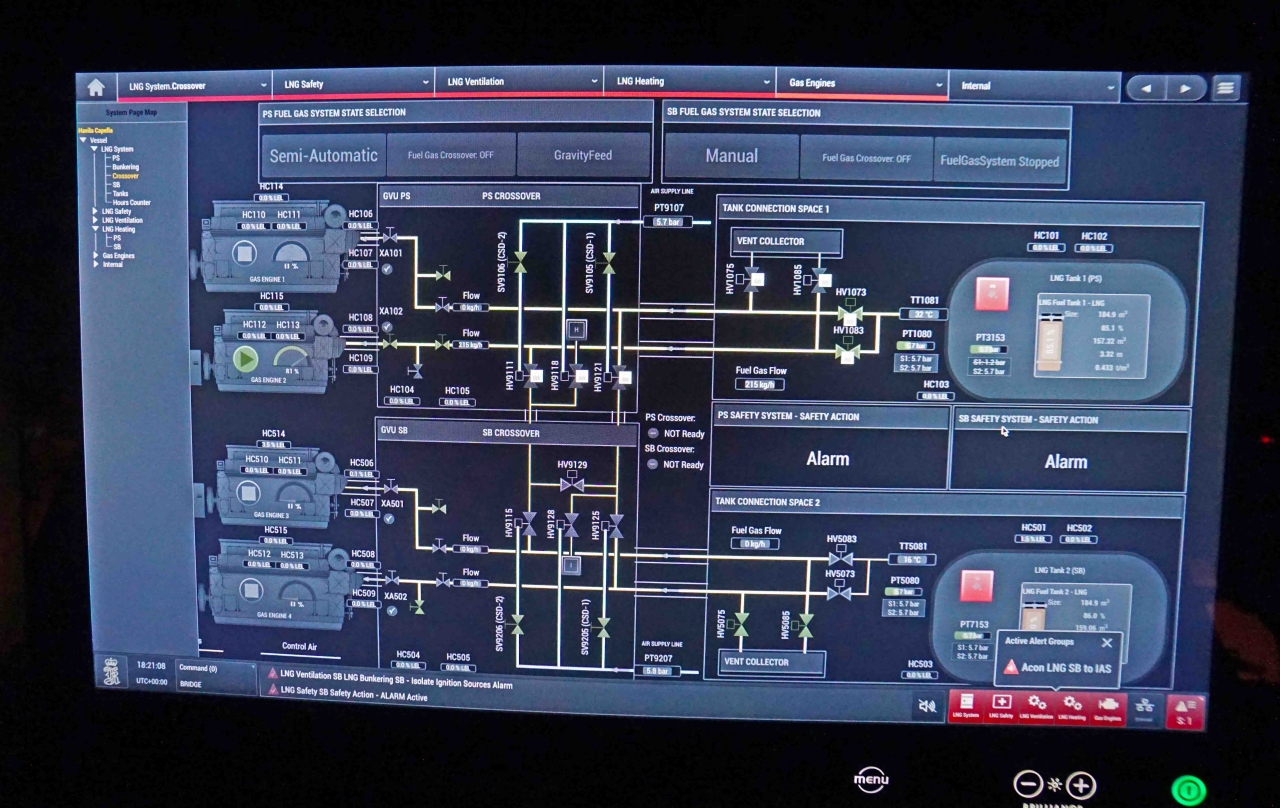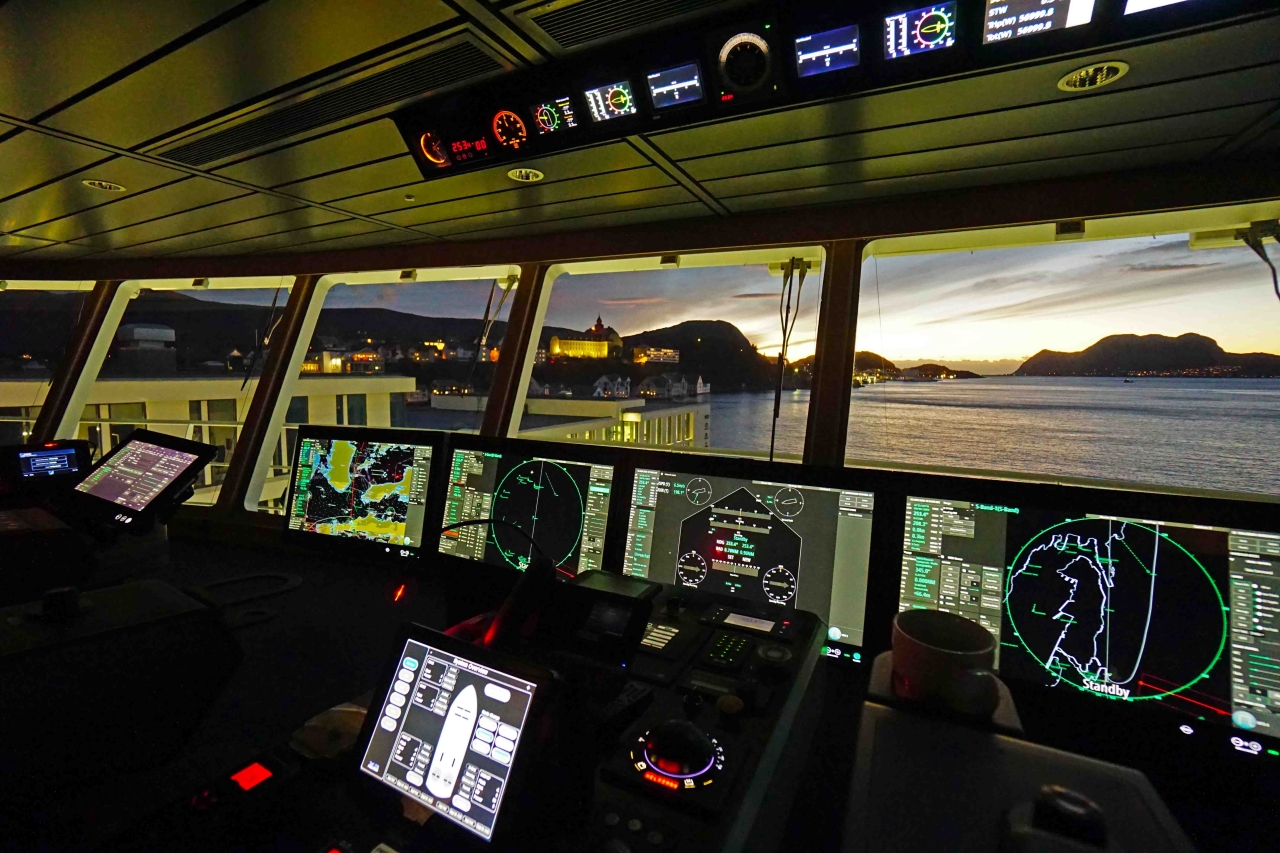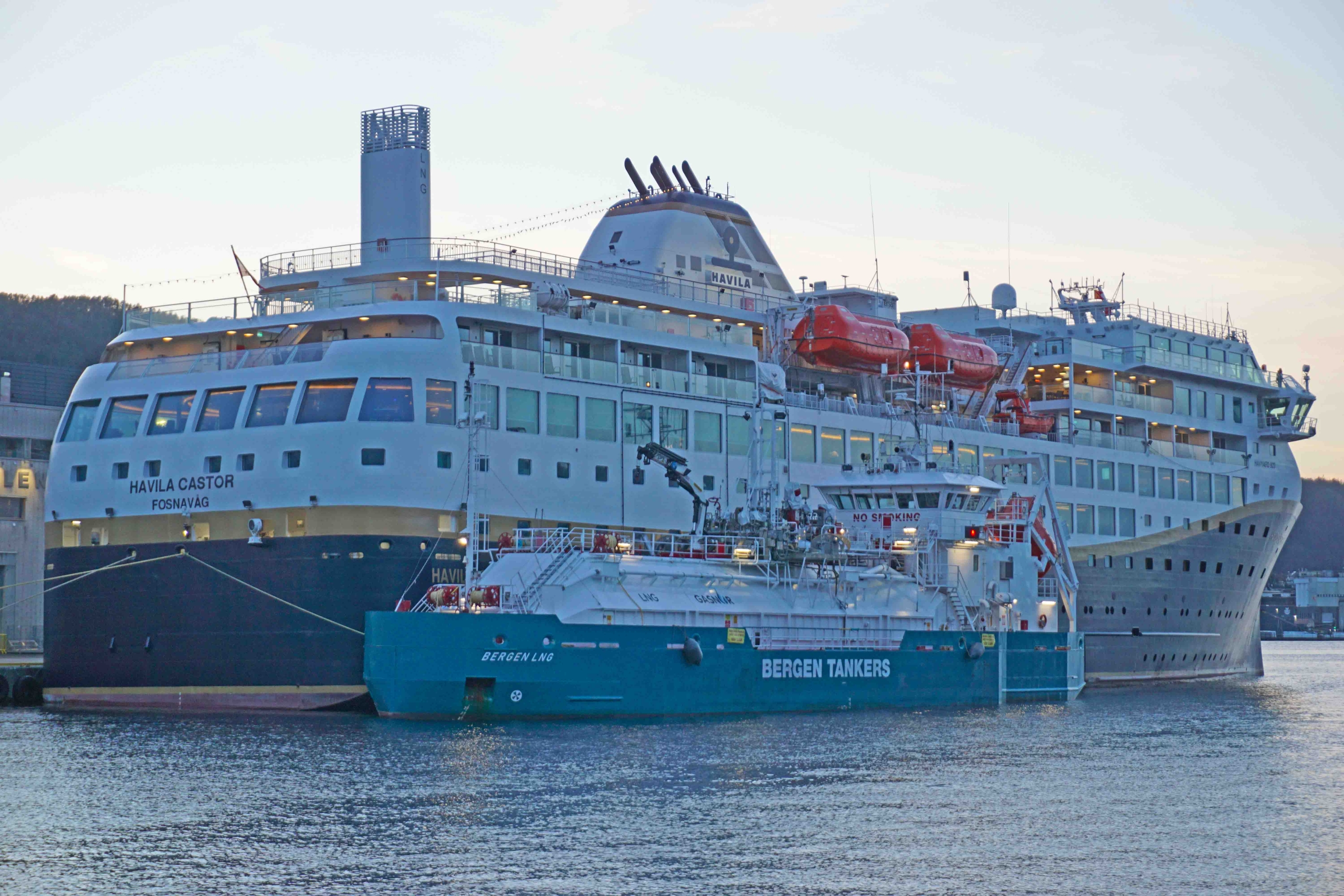
Discover the new sustainability at sea: With Havila Castor from Havila Voyages in Norway

In the world we live in, everything is supposed to become greener. At least with regard to the climate, this is the impression – and the idea is not wrong either. So it’s no wonder that „business as usual“ is not an option in the cruise industry. Havila Voyages from Fosnavag in southern Norway has recently been breaking new ground. Sustainable and environmentally compatible, they want to serve the Norwegian postal ship route, with a newly conceived concept.
With this green mindset, I board the elegant blue and gold ship Havila Castor. What exactly are the sustainable aspects of the ship and the on-board product?
Click here for our comprehensive STORY@SEA about MS Havila Castor.
All HAVILA CASTOR pictures can be found here under Views of HAVILA CASTOR.
This article is about the sustainability concept of the Norwegian coastal cruise with Havila Voyages.
#havilaecovoyager #sustainablecruising
With hashtags like these you already describe the core of the sustainability concept very well. First of all, it should be noted that Havila sets sail with four new ships from and to Bergen. This alone makes it clear that the latest scientific findings in shipbuilding are being applied, for example, in the design of the hull, the nature and efficiency of the ship’s propulsion system and on-board energy management. If we look around on board, we will find out about things that are immediately noticeable and others that are more hidden.
Buffet adé
The food concept follows a special approach: Best quality, served fresh and sustainable, without producing significant waste. Can that work? Havila is therefore taking a new approach in its on-board restaurants: buffet adé; the guest sits in one of the two restaurants, orders everything from the menu without exception, and the crew do the running.
The latter should be paid by the mile – after all, every cup, every plate is brought to the guest. In the main restaurant „Havrand“ the menu changes every three days: It adapts itself thematically to the in each case traveled region. Those who book the „Gold Package“ have a larger selection of meals and drinks – also at the bar – included. By the way: The ingredients come – whenever possible – from local, Norwegian suppliers.
What is left? 70 grams.
That, at least, is the goal of the young coastal cruise line. 70 grams of waste – per passenger and day. The target has not yet been reached, as a representative of the shipping company explained to SHIPS@SEA on board. But one is not particularly far away and it is turned at all possible adjusting screws, in order to land promptly in the aimed, two digit gram range for garbage. Quite substantially is thereby to offer to the guest only that to meal, which it orders also. Doing away with buffets therefore seems to make sense. The partially pre-set tables at mealtimes do not quite fit into the picture. Here, for example, small, filled butter dishes can be found at each seat, along with a slice of bread or a roll.
Even if no one sits down there – it is covered and would then also have to be disposed of unconsumed. I also feel that the tea bag offer makes little sense: The offer is extensive and high quality, BUT…. each tea bag is individually enveloped and lavishly colorfully printed. There is still potential for optimization here, especially since good tea is also available in simple, thin paper packaging or unpackaged.
On the other hand, the potential for saving paper is almost fully exploited in the offers on board. Havila tries to print as little as possible on board. I only saw a few pieces of paper with information about the beverage packages. Otherwise there are no flyers or similar. Havila has also replaced the daily program that is usually available with almost every shipping company. This is fully – and in my eyes very clearly – distributed via the on-board TV. In addition, there are separate channels on the ship’s own cabin TV, and in the public areas of the ship, the relevant information for the coming hours is presented in several places on the ship.
By the way, passengers are also invited to sort their personal waste. At two places in the ship I discovered the corresponding waste collection bins.
No new towel? You’re welcome!
Those who place the (green) sign „I am an eco voyager“ on their cabin door help themselves, the shipping company and above all the environment. The sign means that no cabin cleaning is desired for the day. This saves resources such as electricity, water, cleaning agents and detergents and reduces material wear on towels, vacuum cleaners etc. The „green-minded“ voyager will also find a small explanation of the sustainability concept on his cabin.
Water for all: Free „beverage package“
Do I book a beverage package on board, or do I not take one? Of course, each passenger makes these and other decisions individually and knows how to weigh them up. Havila takes a decision on the subject of liquids from every passenger: In the cabin you will find your personal Havila water bottle. This can be refilled free of charge at two water taps on board, so that you have something liquid to hand whenever you need it.
Batteries, Gases, Emissions – A Fact Check
MS Havila Castor – along with sister ships – is powered primarily by LNG-fed engines. What does that tell me? So everything is fine and clean? What at all is the recently much talked about „LNG“ and is it really as beneficial as people think? It’s not that simple – the issue is bigger.
To begin with, MS Havila Castor – and her three identical sister ships – have the largest battery packs currently available at sea. Thanks to this capacity, it is possible to supply the entire ship operation including propulsion for four hours. This makes it possible to avoid any kind or amount of emissions in particularly sensitive areas, such as fjords or sounds. On my voyage we get a demonstration of the electric power: The approach to Trondheim is purely electric, silent and vibration-free. To glide into port so quietly and emission-free is quite remarkable. This effect will certainly be even more impressive in the context of quiet fjord systems. According to Havila, the batteries are charged from land using clean hydropower.
Since the day is longer than four hours, we come to the actual propulsion. The modern main engines of the Havila fleet are powered by Liquefied Natural Gas (LNG). Simply put, this is chilled (-162°C) natural gas that has been liquefied due to its temperature. The production, refueling and storage on board, in addition to the actual use of the LNG, is costly (technically and in terms of energy). Not every port has the infrastructure for LNG refueling, and the refueling process also requires extensive preparations and safety measures. Why is LNG currently perceived as „sustainable-green“? The advantage is obvious: the sulfur content is extremely low, there are no particulate emissions during combustion and about 20% lower CO2 emissions compared to conventional fuels, such as heavy fuel oil. This means that all current legal requirements for (sustainable) ship operation can be met.
But where there is light, there is also shadow, and LNG also has disadvantages that cannot be ignored: Methane is the main component of LNG, which in turn is an extremely aggressive greenhouse gas. Compared to the „best“ fuel to date, „marine gas oil,“ LNG has 70-82 percent higher greenhouse gas emissions. For marine engines, methane slip is the problem: an unintentional escape of the gas into the atmosphere. Greenhouse gases, if released, are known to destroy the ozone layer and cause yet other problems. In shipping, the so-called slip rate is highest in dual-fuel, four-stroke engines, according to research by the German research institute IGCC. This is a type of engine that is currently widely used in shipbuilding.
In order to keep the fuel consumption of the Havila fleet as low as possible in principle, the latest knowledge of hydrodynamics was applied in the development of the ship’s hull. In addition, surplus heat from the cooling water is also fed into the energy system and used for heating on board. In cold cruising areas like Norway, this is an efficiency advantage that should not be underestimated.
In my opinion, there can be no completely sustainable seafaring without emissions (sailing excluded). However, with appropriate research, development and possibly further combinations of propulsion options, emissions can be further reduced. A worthwhile goal in my eyes.
SHIPS@SEA Summary
A cruise with Havila is a sustainability cruise and gives a lot more as a good feeling – the facts speak for themselves. And precisely for Havila Voyages. Havila treads the sustainable path with vehemence and consistency.
On board I notice how the company and its staff make every effort to be „better“ and more committed than others. They are already doing this very well. It should be emphasized that the travelers on board not only have an active influence on their „footprint“ of the trip, but that Havila actively informs and encourages everyone to follow the common path of a „better“ cruise.
Havila has pioneered a promising path with its modern fleet. Where there is still potential for development, I am very sure that the young cruise line will follow this path in the foreseeable future. With the course set then, a golden-green future lies ahead for Havila and the seas they travel.
ADVERTISEMENT: SHIPS@SEA traveled at the invitation of Havila Voyages, and with the support of the Husare Agency.
BACK


